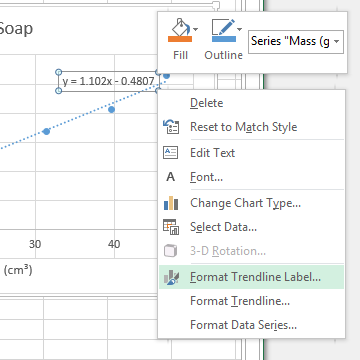

The following unit will apply what we have learned about static equilibrium to determine the size of forces acting on and withing the body when it isn’t moving. When stress becomes too great then rupture may occur. For example the Achilles' tendon is severely stressed during the anti-gravity lean. Cantilevered structures can generate especially large stress and strain on the materials in the structure. The maneuver requires that the heels of the shoes be attached to the ground in order to provide a tension force. The animation above shows someone performing the “anti-gravity lean” during which the body is momentarily a cantilevered structure. Such structures are known as cantilevered structures. When the support base is attached then tension can help cancel out gravitational torques and the structure can remain in equilibrium even when the center of gravity moves outside the area of support. Therefore only normal force and friction were available to cancel torques caused by gravity and maintain equilibrium. The structures discussed in the previous chapters were resting on the support base, which was not attached to the support surface (such as your feet and the ground).

Image Credit: Asanagi via Wikimedia Commons We will examine this in the next chapter.46 The Anti-Gravity Lean GIF animation of the “anti-gravity lean” maneuver in which a person wearing shoes that attach to the floor can lean forward with straight legs and then return to a standing position. Torque plays the same role in rotational motion that force plays in linear motion. As we shall see in the next section, the mass and weight of a system can act as if they are located at a single point.įinally, note that the concept of torque has an importance beyond static equilibrium. \boldsymbolare the distances to points directly below the center of gravity of each child. In equation form, the magnitude of torque is defined to be It is a measure of the effectiveness of a force in changing or accelerating a rotation (changing the angular velocity over a period of time). Torqueis the rotational equivalent of a force. The magnitude, direction, and point of application of the force are incorporated into the definition of the physical quantity called torque. (f) Torque is zero here since the force just pulls on the hinges, producing no rotation. (e) A smaller counterclockwise torque is produced by the same magnitude force acting at the same point but in a different direction. (d) The same force as in (a), but acting in the opposite direction, produces a clockwise torque. (c) The same force as in (a) produces a smaller counterclockwise torque when applied at a smaller distance from the hinges. (b) A smaller counterclockwise torque is produced by a smaller force F′ acting at the same distance from the hinges (the pivot point). Note that r ⊥ is the perpendicular distance of the pivot from the line of action of the force. (a) Counterclockwise torque is produced by this force, which means that the door will rotate in a counterclockwise due to F. Torque is the turning or twisting effectiveness of a force, illustrated here for door rotation on its hinges (as viewed from overhead).

The most effective direction is perpendicular to the door-we push in this direction almost instinctively. (Remember to add the masses of the hanger clamps if used. Case (b) (i) Calculate theoretically the lever arm (r3) for the mass m3 50 g for the system to be in equilibrium if m1 100 g is at the 20-cm position and m2 200 g is at the 60-cm position. Finally, the direction in which you push is also important. (ii) Compute the torques and compare as in Procedure 3. Most people have been embarrassed by making this mistake and bumping up against a door when it did not open as quickly as expected. If you apply your force too close to the hinges, the door will open slowly, if at all. Also, the point at which you push is crucial. First of all, the larger the force, the more effective it is in opening the door-obviously, the harder you push, the more rapidly the door opens. Several familiar factors determine how effective you are in opening the door. To understand what factors affect rotation, let us think about what happens when you open an ordinary door by rotating it on its hinges. A rotating body or system can be in equilibrium if its rate of rotation is constant and remains unchanged by the forces acting on it. The second condition necessary to achieve equilibrium involves avoiding accelerated rotation (maintaining a constant angular velocity.


 0 kommentar(er)
0 kommentar(er)
